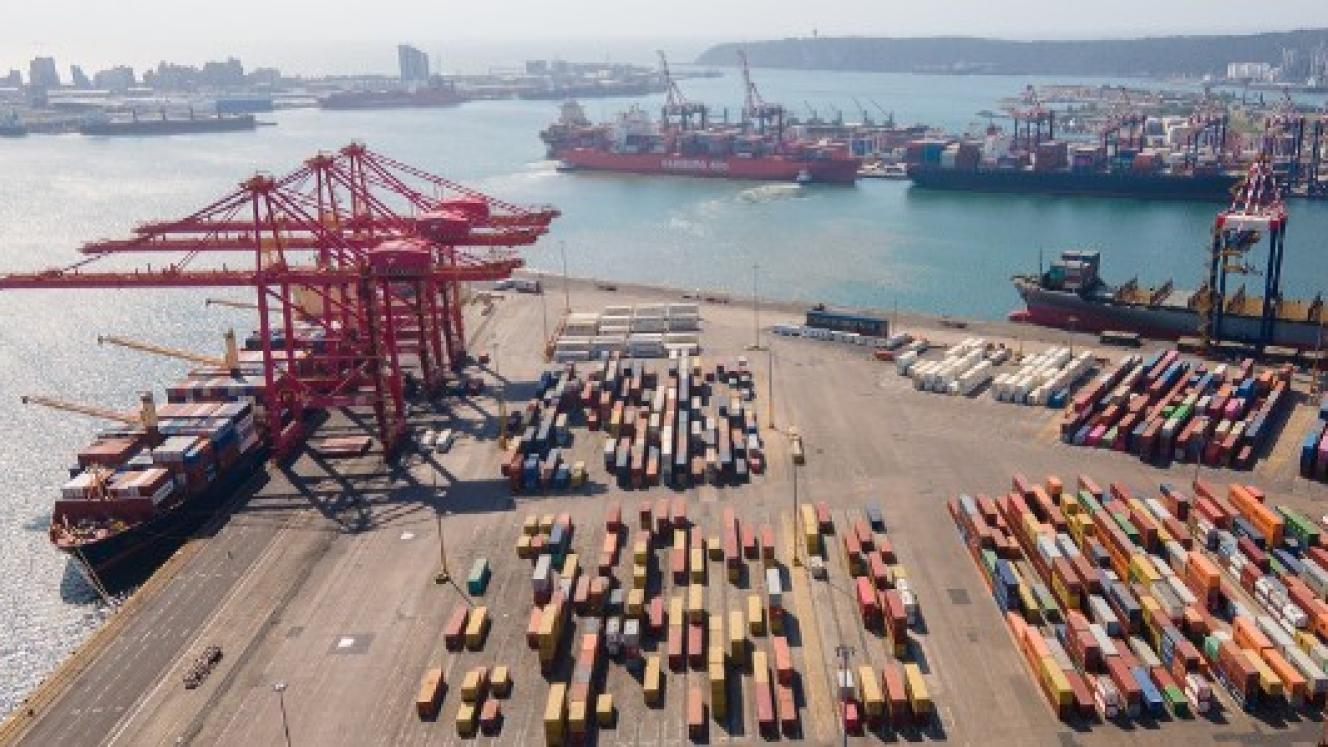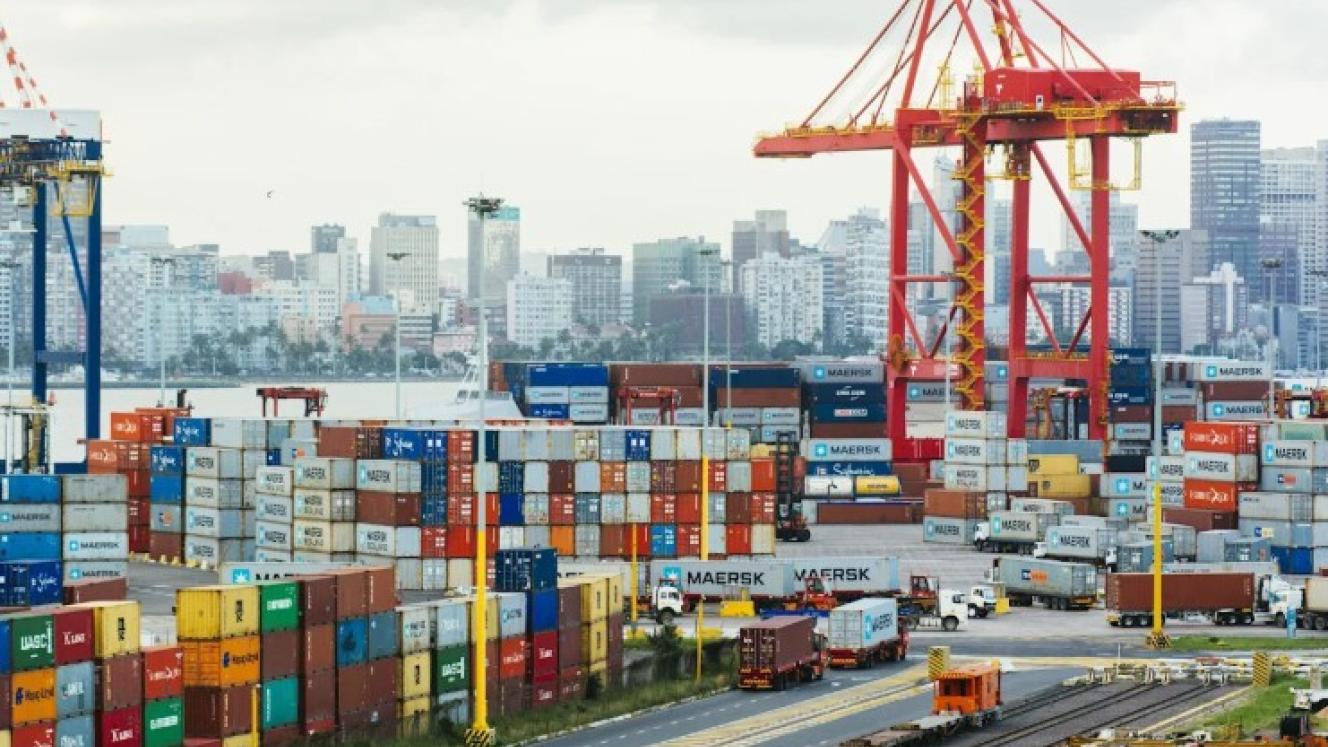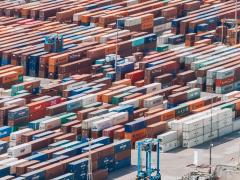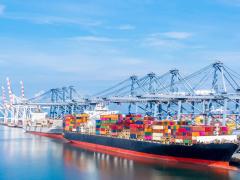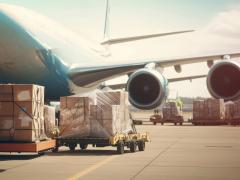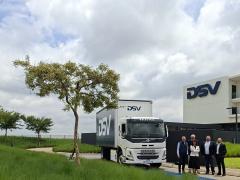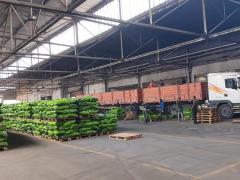Be careful what you wish for seems an appropriate description given the current situation at the Port of Durban, where waterside container movement is outpacing the Pier 2 terminal’s ability for the fast and efficient road freight retrieval of containers.
Given the current layout of the terminal, “if we discharge 6 000 containers, there is no way we can clear that through the gate by the time we’re done working a vessel”, said Earle Peters, chief executive of Durban Container Terminals (DCT).
Addressing harbour carrier concerns stating that the current Navis booking system is the primary reason for landside container delays, Peters said this wasn’t necessarily the case.
He added that significant improvement in waterside handling had unfortunately had “a ripple effect” on the landside, a view supported by recent vessel-working data gathered for the weekly Container Movement Update (CMU) of the South African Association of Freight Forwarders (Saaff) and Business Unity SA (Busa).
Independent maritime intelligence platform Linernet confirmed this through separate data sets from the same monitoring periods as the CMU.
Peters said improved waterside clearing showed that Transnet, through the recent acquisition and commissioning of new machinery, no longer had an equipment issue.
“The problem we have with harbour carriers is all about how many containers can be processed through the gate.
“On a good day, we do 3 500 to 4 000, which goes to show how there’s an imbalance between what we do on the waterside and what the situation is like on the landside.”
Over time, the containers then built up, adding to existing container movement issues experienced on the landside, Peters said.
“So we’re sitting with a lot of pressure at the gate, underscoring once more why it’s important to expand our gate capacity.
“But it’s going to take time for that to happen. It also proves why it’s so important to move more boxes onto rail.”
